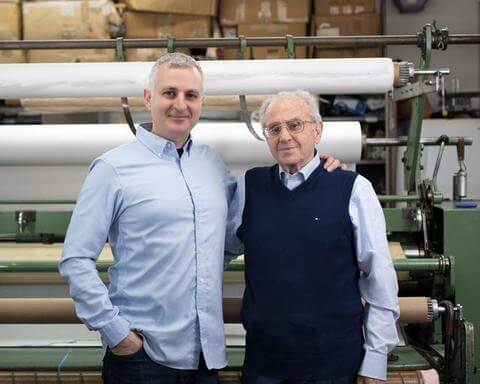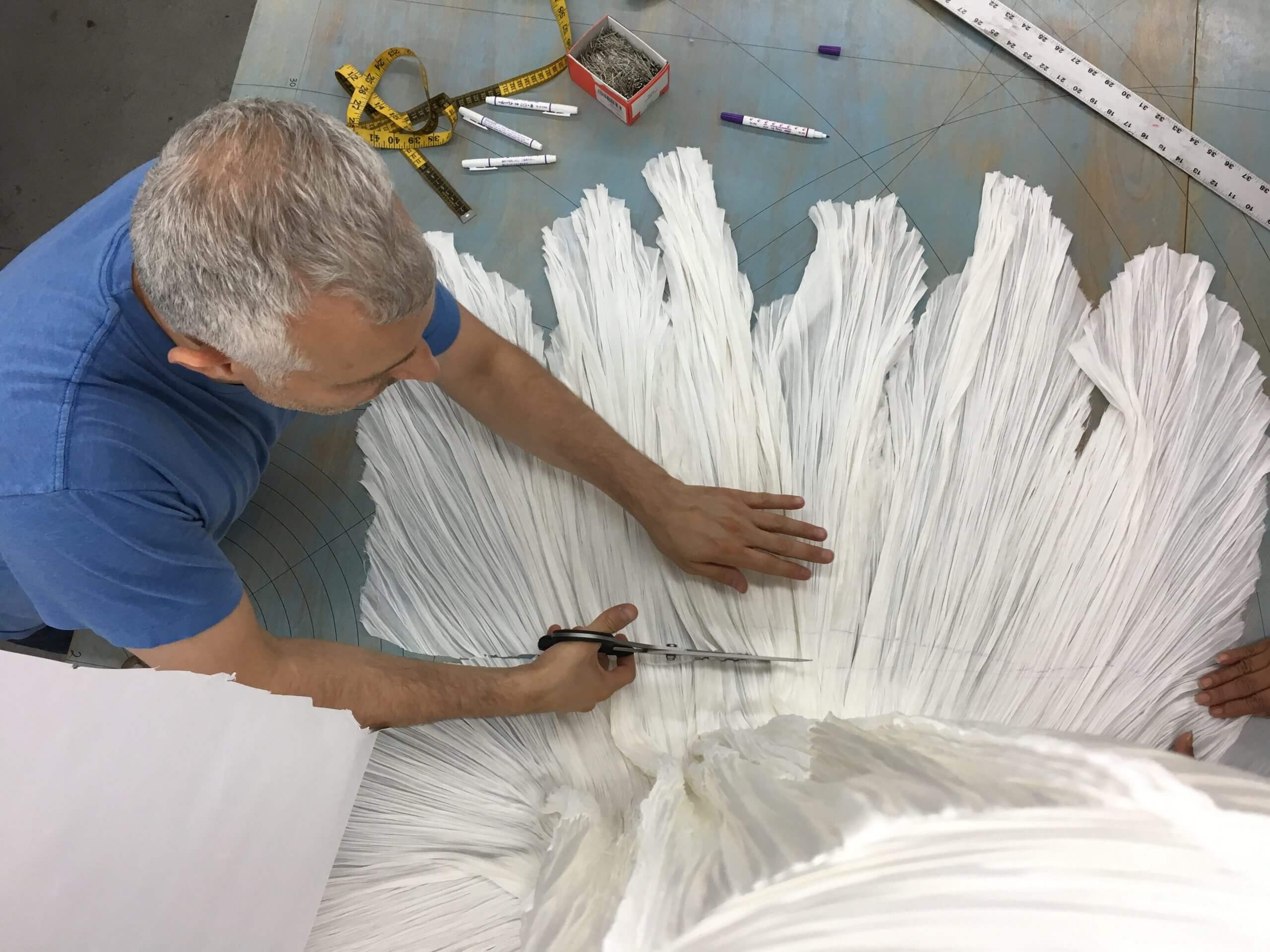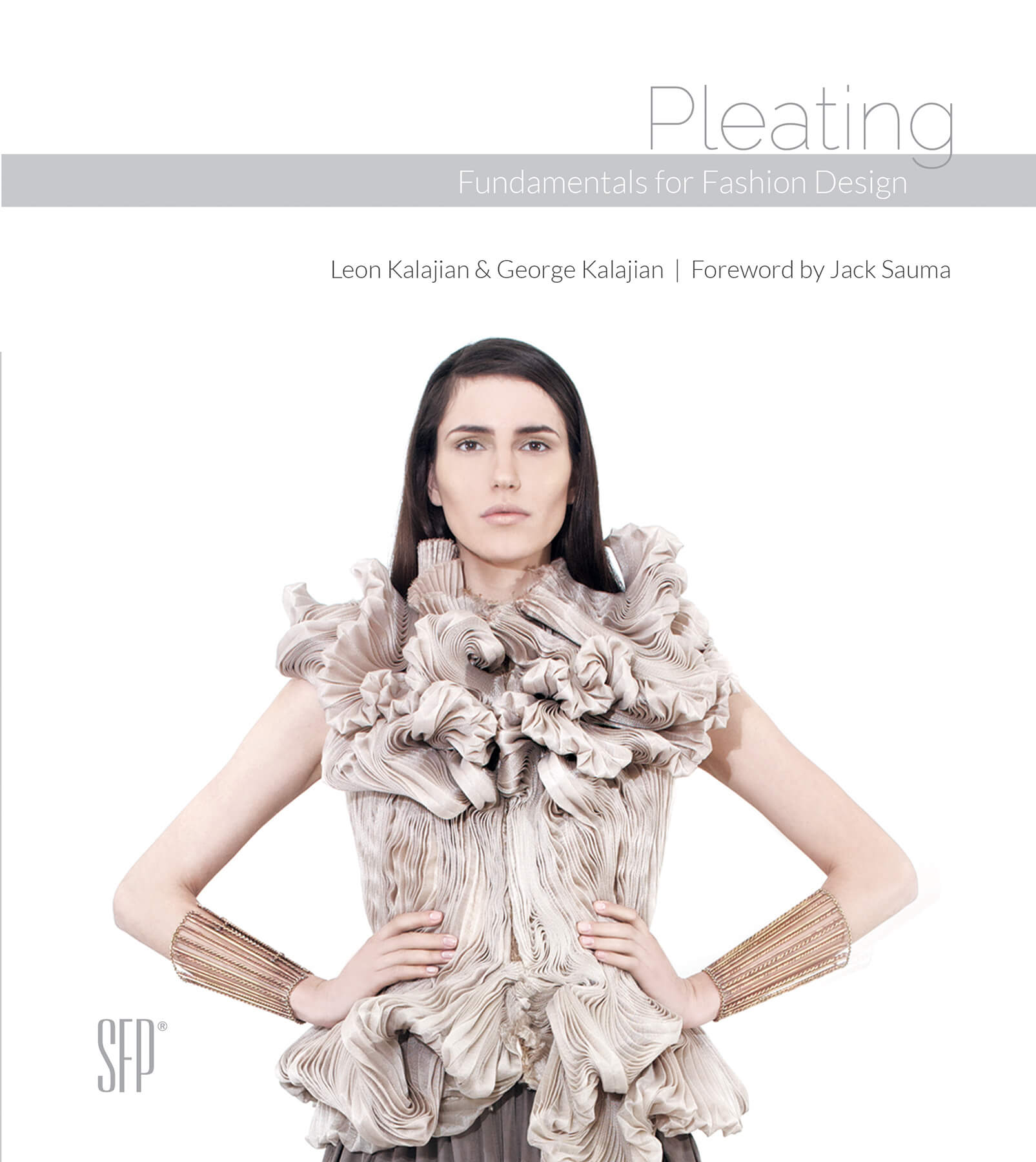“My family has discovered what no others have.”
George KalajianExecutive Director
“A legacy dating back to the 1870s.”
To properly trace Tom’s Sons’ history in the fashion industry, one would have to create a five generation-long family tree, spanning over 150 years. George Kalajian, Tom’s Sons’ current Executive Director, set out on a journey to understand his roots a few years ago, and discovered that his great-grandfather — Krikor Tutunjian, owned a textile mill in Diyarbakir, Turkey in the 1870s. Krikor’s son continued his father’s legacy and moved to Lyon, France to perfect his weaving technique. Eventually, the family made its way back to the Middle East, initially opening a textile factory in Damascus, Syria, and then eventually relocating it to Lebanon.
Prior to conducting his research, George knew that the family’s pleating legacy could be traced back to his grandmother, Rosa Kalajian, a master seamstress and pattern-maker who owned a sewing facility in Lebanon. Rosa became an expert pleater and her methods were so successful that her technique became a closely guarded secret. Even George’s father, Leon Kalajian, who was a child at the time, was not allowed to witness the pleating process. As a teenager, Leon joined his mother in the factory and started to take on some responsibilities. His engineering innovations helped modernize Rosa’s pleating process, with the business becoming so successful that it no longer focused on anything other than pleating.
As for George, he was born into pleating. His father Leon left Lebanon during the Civil War, moving to New York City to start his own pleating factory. Growing up in a family business, there was not much distinction between family and work, and as a child, George yearned to escape from the factory. Yet despite his many attempts to get away, George ended up spending a lot of his high-school and college years helping his father. While he eventually ended up working in other industries after graduating, he chose to come back to the family business ten years ago, convinced of how unique his legacy was and of what Tom’s Sons could continue contributing to the fashion world.




“My family has discovered what no others have.”
Over the past decade, George and his father have worked together closely, bouncing ideas off of each other to perfect their techniques – what George describes as “the constant evolution and perfection of the craft”. Reminiscing about his first months back at the factory, George realizes how unique they were. Every day, his father would walk into the studio and share new ideas that he had drawn up overnight, and that they would start working on together. As George gained experience, he started contributing more to these brainstorming sessions: both men were on a quest to create the perfect pleats, and having fresh perspectives every day meant that their quest would never end.
Tom’s Sons uniqueness and mastery of the craft is clear. The knowledge acquired by George’s family has not yet been discovered by others, and this translates into the products that they create. The family has never outsourced production, maintaining full control over the pleating process, and always focusing on how it will be used and applied. In addition to flawless quality, innovation lies at the heart of the company’s success. Thanks to George and his father’s constant quest for perfection, Tom’s Sons has successfully reverse-engineered the pleating process by both creating and continuously modifying their own equipment. The art is unmistakably pushed to its boundaries, when its creators must develop their own tools to achieve what needs to be done.
“We went from having two customers to making clothing for some of the most luxurious brands in the U.S.”
When George took over Tom’s Sons in 2010, the future of the Garment District manufacturers was uncertain, as businesses were closing their doors and leaving New York City. To both differentiate themselves vis-à-vis foreign competition and weather the consequences of the 2008 crisis, George and his team decided to focus on development rather than production. During the development process, a designer will come in with a concept, almost always needing a flawless finished product in no time. This decision to focus on the development phase changed the course of business, allowing Tom’s Sons to perfect the art of bringing designer visions to life. It also cemented the business’ reputation, as designers very quickly understood the uniqueness of the service they were receiving, even after a brief initial meeting with George and his team. George took the business from having only two customers to making clothing for some of the most luxurious brands in the United States, as well as restoring vintage garments for the Metropolitan Museum of Art.


“Once our clients speak with us, they quickly realize there is something different about us.”
A few years ago, George set out on a new mission to codify the subject of pleating. A book had never been written on his craft, and George felt that he and his family were uniquely positioned to write it. He worked relentlessly on every weekend, and successfully released Pleating: Fundamentals for Fashion Design, in 2019.
George’s goal is to preserve and grow his family legacy. He has ambitious plans for the future, all based on innovation, creativity and of course uncompromising quality, and they include shifting to a direct-to-consumer model and releasing an in-house sophisticated high-end collection soon. While he realizes the challenges ahead, he reminds himself that his family has overcome much harder circumstances, and that along with the mastery of pleating, his family also made sure to pass on resilience to each new generation.


